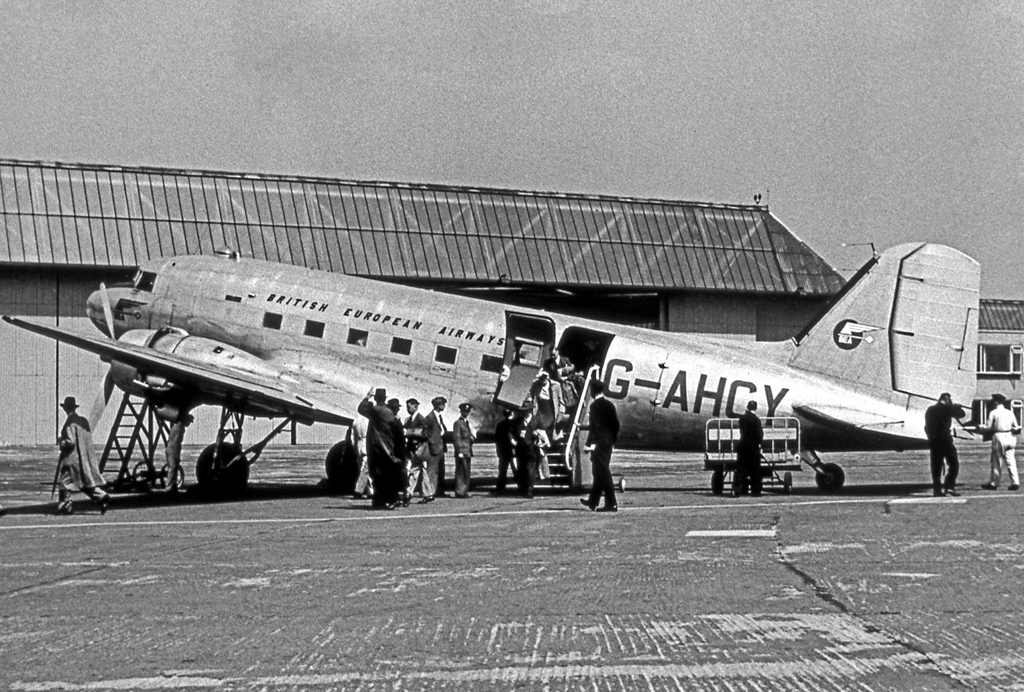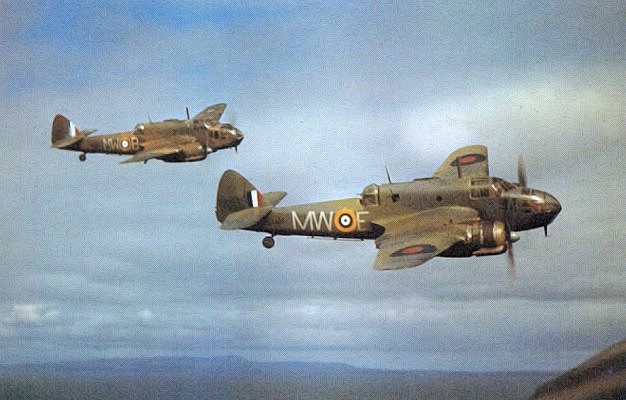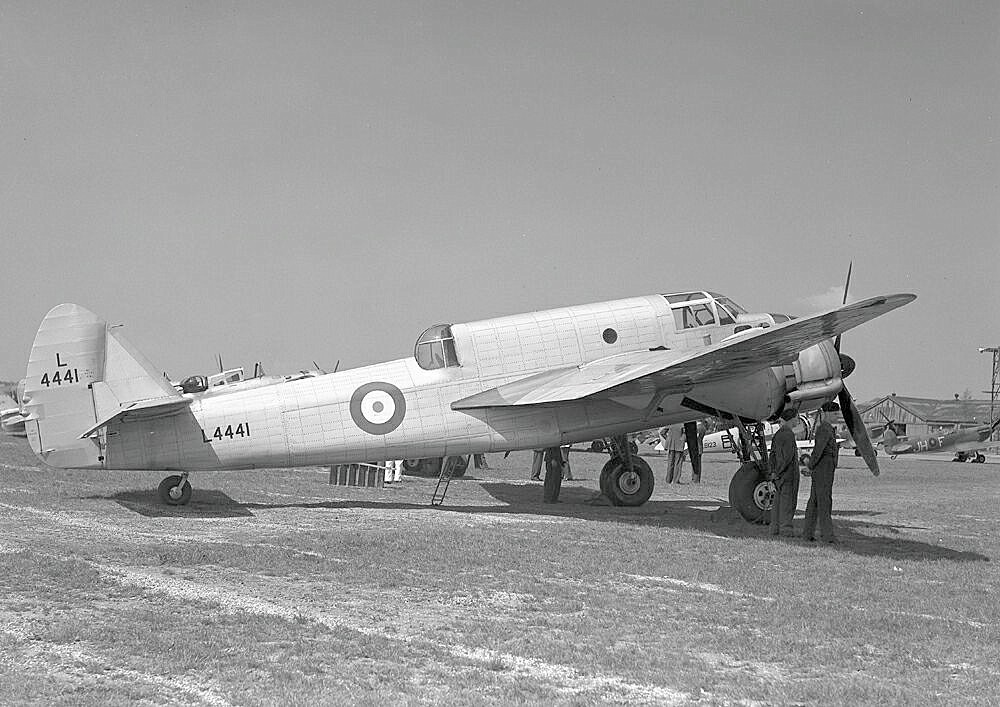|
High Crosby
Crosby-on-Eden is the combined name for two small villages, High Crosby and Low Crosby, within the civil parish of Stanwix Rural near Carlisle, Cumbria, England. It was formerly a parish in its own right under the name Crosby upon Eden. In 1931 the parish had a population of 238. On 1 April 1934 the parish was abolished and merged with Stanwix Rural, part also went to Wetheral. The villages are by the River Eden north-east of Carlisle, joined by a road that used to be the line of the Stanegate Roman road. It has been thought on spacing grounds that there might have been a small Roman fort in Crosby-on-Eden, as part of the so-called Stanegate frontier which preceded Hadrian's Wall, but if such a fort exists it has not yet been found. The Stanegate ran in a deep cutting still visible next to the road running west from High Crosby, and it has been suggested that part of the reason for the cutting was to produce stone for building work. The line of Hadrian's Wall passes a mile ... [...More Info...] [...Related Items...] OR: [Wikipedia] [Google] [Baidu] |
Stanwix Rural
Stanwix Rural is a civil parish in the City of Carlisle non-metropolitan district, district of Cumbria, England, immediately to the north east of Carlisle, Cumbria, Carlisle itself – parts of the Carlisle urban area are in the parish boundaries. The parish includes the villages and hamlets of Brunstock, Houghton, Cumbria, Houghton, High Crosby, Linstock, Cumbria, Linstock, Low Crosby, Rickerby, Tarraby and parts of Harker, Cumbria, Harker and Whiteclosegate. Before 1966 the parish was simply called Stanwix although the village of Stanwix itself had been, in 1912, incorporated into the City status in the United Kingdom, city, civil parish and municipal borough of Carlisle. The parish was subject to various boundary changes between 1866 and 1934 when it absorbed the former civil parish of Crosby-on-Eden. The River Eden, Cumbria, River Eden forms the southern edge of the parish and the M6 motorway and A689 road both run through the area. Governance An Wards and electoral divisi ... [...More Info...] [...Related Items...] OR: [Wikipedia] [Google] [Baidu] |
General Wade
Field Marshal George Wade (1673 – 14 March 1748) was a British Army officer who served in the Nine Years' War, War of the Spanish Succession, Jacobite rising of 1715 and War of the Quadruple Alliance before leading the construction of barracks, bridges and proper roads in Scotland. He went on to be a military commander during the War of the Austrian Succession and Commander-in-Chief of the Forces during the Jacobite rising of 1745. Early career Born the son of Jerome Wade in Killavally, County Westmeath, Ireland, he spent his early years in English Tangier, where his father was a member of the Tangier Garrison. Wade was commissioned into the Earl of Bath's Regiment on 26 December 1690Heathcote, p. 285 and served in Flanders in 1692, fighting at the Battle of Steenkerque in August 1692 during the Nine Years' War and earning a promotion to lieutenant on 10 February 1693. He transferred to Sir Bevil Granville's Regiment on 19 April 1694 and was promoted to captain on 13 June ... [...More Info...] [...Related Items...] OR: [Wikipedia] [Google] [Baidu] |
Stobart Group
Esken Limited (), formerly Stobart Group Limited, is a British infrastructure, aviation and energy company, with operations in the United Kingdom and Ireland. The company is registered in Guernsey but has its operational head office in London, England. The company originally started in January 2002 as the Westbury Property Fund Limited, a closed-ended real-estate investment fund. In August 2006, realising that property prices were reaching the peak of the market, the Westbury Property Fund decided to re-position its portfolio towards the logistics sector, buying Weston Point Docks in Runcorn, AHC Warehousing and the rail operations of Victa Westlink Rail in March 2007. It then agreed an asset swap deal in August 2007 with the privately owned investment company WA Developments, whereby Westbury would sell 90% of its non-logistics related property portfolio to WA Developments in return for its Eddie Stobart Ltd subsidiary. Eddie Stobart Chairman Andrew Tinkler became CEO, wh ... [...More Info...] [...Related Items...] OR: [Wikipedia] [Google] [Baidu] |
Carlisle Lake District Airport
Carlisle Lake District Airport is a regional airport located east north-east of Carlisle, England. Due to the COVID-19 epidemic, the passenger terminal has been closed as from the 1st of April 2020 "until further notice". Carlisle has a CAA Public Use Aerodrome Licence that allows flights up to a maximum takeoff weight authorised (MTWA) of 12.5 tonnes. The airport is located on a hillside above the River Irthing. The airport has been the location for some prehistoric excavations. Since May 2009, the airport has been owned by Esken (formerly known as Stobart Group) on a 150-year lease. Between December 2014 and September 2015, a £12 million freight distribution centre was built on the south-eastern corner of the site, which is now leased to Eddie Stobart Logistics. Stobart Group also intended to build a further warehousing and distribution hub from 2017 on land adjacent to the freight distribution centre. After financial assistance from the Cumbria Local Enterprise Part ... [...More Info...] [...Related Items...] OR: [Wikipedia] [Google] [Baidu] |
Belfast
Belfast ( , ; from ga, Béal Feirste , meaning 'mouth of the sand-bank ford') is the capital and largest city of Northern Ireland, standing on the banks of the River Lagan on the east coast. It is the 12th-largest city in the United Kingdom and the second-largest in Ireland. It had a population of 345,418 . By the early 19th century, Belfast was a major port. It played an important role in the Industrial Revolution in Ireland, briefly becoming the biggest linen-producer in the world, earning it the nickname "Linenopolis". By the time it was granted city status in 1888, it was a major centre of Irish linen production, tobacco-processing and rope-making. Shipbuilding was also a key industry; the Harland and Wolff shipyard, which built the , was the world's largest shipyard. Industrialisation, and the resulting inward migration, made Belfast one of Ireland's biggest cities. Following the partition of Ireland in 1921, Belfast became the seat of government for Northern Ireland ... [...More Info...] [...Related Items...] OR: [Wikipedia] [Google] [Baidu] |
Ronaldsway
Ronaldsway () is a place in the parish of Malew in the south of the Isle of Man, between the village of Ballasalla and the town of Castletown. Features It is notable as the location of Isle of Man Airport and historically of RNAS Ronaldsway, together with the adjoining customs free zone and industrial estate. The place name is derived from the Old Norse personal name ''Rǫgnvaldr'' and the Old Norse element ''vað'' meaning "ford", or alternatively ''vágr'' meaning "large, narrow bay" as in Stornoway. It is possible that the eponym of Ronaldsway is Rǫgnvaldr Guðrøðarson, King of the Isles (died 1229). The site was once a landing place for Castle Rushen and Castletown. Ronaldsway first appears on record in the ''Chronicle of Mann'', which documents an instance when Rǫgnvaldr's half-brother, Óláfr (died 1237), landed on the island in 1224, and confronted him for a share of the kingdom. Ronaldsway is the site of the Battle of Ronaldsway, fought in October 1275, in which ... [...More Info...] [...Related Items...] OR: [Wikipedia] [Google] [Baidu] |
British European Airways
British European Airways (BEA), formally British European Airways Corporation, was a British airline which existed from 1946 until 1974. BEA operated to Europe, North Africa and the Middle East from airports around the United Kingdom. The airline was also the largest UK domestic operator, serving major British cities, including London, Manchester, Glasgow, Edinburgh and Belfast, as well as areas of the British Isles such as the Highlands and Islands of Scotland, the Channel Islands and the Isle of Man.''Classic Aircraft (Gone but not forgotten ... BEA: Highlands and Islands – Never on a Sunday)'', Vol. 45, No. 6, p. 46, Ian Allan Publishing, Hersham, June 2012 BEA also operated a network of internal German routes between West Berlin and West Germany as part of the Cold War agreements regulating air travel within Germany.''Classic Aircraft (Gone but not forgotten ... BEA: Internal German Services – Berlin-bound)'', Vol. 45, No. 6, p. 51, Ian Allan Publishing, Hersham, June ... [...More Info...] [...Related Items...] OR: [Wikipedia] [Google] [Baidu] |
C-47 Skytrain
The Douglas C-47 Skytrain or Dakota (Royal Air Force, RAF, Royal Australian Air Force, RAAF, Royal Canadian Air Force, RCAF, Royal New Zealand Air Force, RNZAF, and South African Air Force, SAAF designation) is a airlift, military transport aircraft developed from the civilian Douglas DC-3 airliner. It was used extensively by the Allies of World War II, Allies during World War II and remained in front-line service with various military operators for many years.Parker 2013, pp. 13, 35, 37, 39, 45-47. Design and development The C-47 differed from the civilian DC-3 by way of numerous modifications, including being fitted with a cargo door, hoist attachment and strengthened floor - along with a shortened tail cone for Military glider, glider-towing shackles, and an Astrodome (aeronautics), astrodome in the cabin roof.Wilson, Stewart. ''Aircraft of WWII''. Fyshwick, ACT, Australia: Aerospace Publications Pty Ltd., 1998. . During World War II, the armed forces of many countries used ... [...More Info...] [...Related Items...] OR: [Wikipedia] [Google] [Baidu] |
Bristol Beaufighter
The Bristol Type 156 Beaufighter (often called the Beau) is a British multi-role aircraft developed during the Second World War by the Bristol Aeroplane Company. It was originally conceived as a heavy fighter variant of the Bristol Beaufort torpedo bomber. The Beaufighter proved to be an effective night fighter, which came into service with the Royal Air Force (RAF) during the Battle of Britain, its large size allowing it to carry heavy armament and early airborne interception radar without major performance penalties. The Beaufighter was used in many roles; receiving the nicknames ''Rockbeau'' for its use as a rocket-armed ground attack aircraft and ''Torbeau'' as a torpedo bomber against Axis shipping, in which it replaced the Beaufort. In later operations, it served mainly as a maritime strike/ground attack aircraft, RAF Coastal Command having operated the largest number of Beaufighters amongst all other commands at one point. The Royal Australian Air Force (RAAF) also m ... [...More Info...] [...Related Items...] OR: [Wikipedia] [Google] [Baidu] |
Bristol Beaufort
The Bristol Beaufort (manufacturer designation Type 152) is a British twin-engined torpedo bomber designed by the Bristol Aeroplane Company, and developed from experience gained designing and building the earlier Blenheim light bomber. At least 1,180 Beauforts were built by Bristol and other British manufacturers. The Australian government's Department of Aircraft Production (DAP) also manufactured variants of the Beaufort. These are often known collectively as the DAP Beaufort. More than 700 Australian-built Beauforts saw service with the Royal Australian Air Force in the South West Pacific theatre, where they were used until the end of the war. Beauforts first saw service with Royal Air Force Coastal Command and then the Royal Navy Fleet Air Arm from 1940. They were used as torpedo bombers, conventional bombers and mine-layers until 1942,Robertson 1976, p. 30. when they were removed from active service and were then used as trainer aircraft until being declared obsolete i ... [...More Info...] [...Related Items...] OR: [Wikipedia] [Google] [Baidu] |
RAF Coastal Command
RAF Coastal Command was a formation within the Royal Air Force (RAF). It was founded in 1936, when the RAF was restructured into Fighter, Bomber and Coastal Commands and played an important role during the Second World War. Maritime Aviation had been neglected in the inter-war period, due to disagreements between the Royal Navy (RN) and RAF over the ownership, roles and investment in maritime air power. The Admiralty's main concern until 1937 was the return of the Fleet Air Arm to the Royal Navy while the RAF prioritised the development of a bombing force to provide a deterrent. Coastal Command was referred to as the "Cinderella Service" by A V Alexander, the First Lord of the Admiralty in November 1940. Soon after RAF Coastal Area was elevated to Coastal Command, its headquarters moved from Lee-on-Solent to Northwood in northwest London. During the Second World War, Coastal Command's most important contribution was the protection of Allied convoys from attacks by the Germ ... [...More Info...] [...Related Items...] OR: [Wikipedia] [Google] [Baidu] |
Hawker Hurricane
The Hawker Hurricane is a British single-seat fighter aircraft of the 1930s–40s which was designed and predominantly built by Hawker Aircraft Ltd. for service with the Royal Air Force (RAF). It was overshadowed in the public consciousness by the Supermarine Spitfire during the Battle of Britain in 1940, but the Hurricane inflicted 60 percent of the losses sustained by the Luftwaffe in the campaign, and fought in all the major theatres of the Second World War. The Hurricane originated from discussions between RAF officials and aircraft designer Sir Sydney Camm about a proposed monoplane derivative of the Hawker Fury biplane in the early 1930s. Despite an institutional preference for biplanes and lack of interest by the Air Ministry, Hawker refined their monoplane proposal, incorporating several innovations which became critical to wartime fighter aircraft, including retractable landing gear and the more powerful Rolls-Royce Merlin engine. The Air Ministry ordered Hawker's ''Int ... [...More Info...] [...Related Items...] OR: [Wikipedia] [Google] [Baidu] |


.png)





